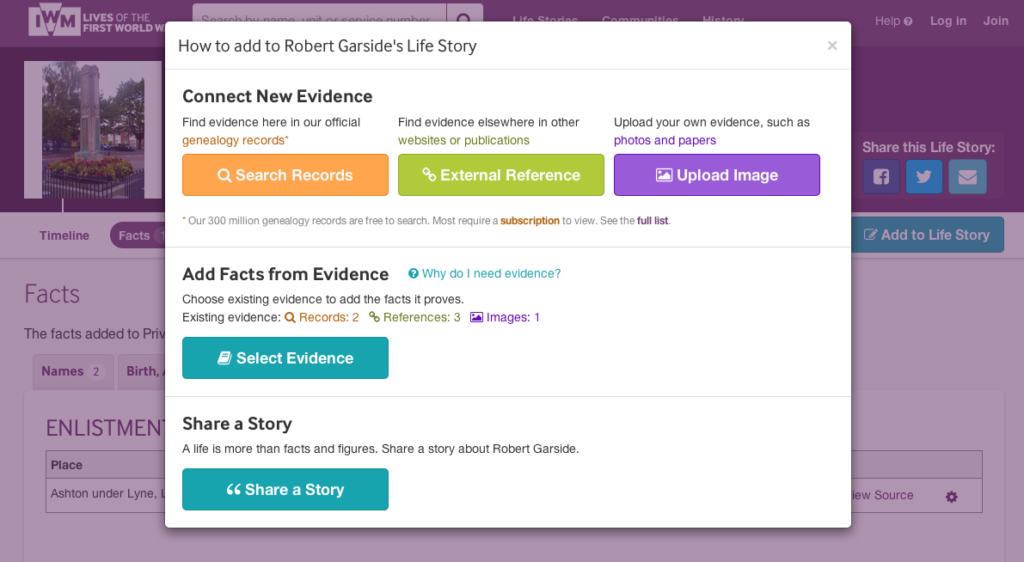Websites for crowdsourcing cultural heritage support contribution quality by enabling users to review contributions that have been submitted.
Explanation: Reviewers may be contributors, users of project output, or any website visitor.
Benefits: Providing users with the option of starting new tasks or reviewing submitted tasks allows them to contribute in a way that best utilises their available time, knowledge and skills. Enabling users to refer to their previous contributions encourages consistency; and editing, enhancing and correcting their own work gives contributors a more satisfying user experience. Reviewing other contributors’ work promotes a sense of community, and contributors concerned about accuracy are reassured that their work will be reviewed.
Examples of compliance with this principle: The review process may involve approving, enhancing, editing, correcting, annotating or flagging contributions following initial submission. Alternatively, websites may assign the same task to multiple users and employ computational algorithms to determine the accuracy of contributions. Websites should enable users to contact the project team with information or concerns about tasks submitted.

